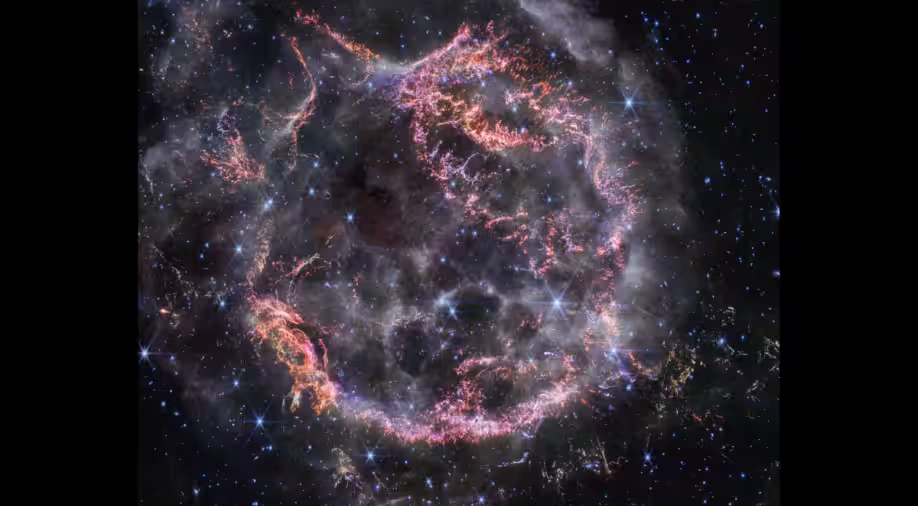US Says Egypt Border Crossing to Gaza to Reopen (Business Today)

- 16 Oct 2023
Why in the News?
Hundreds of tons of aid from multiple countries have been stationed in Egypt's Sinai Peninsula, awaiting an agreement for secure transportation to Gaza for several days.
About the Sinai Peninsula:
- Geographical Location: The Sinai Peninsula is a triangular landmass located in northeastern Egypt, serving as a critical land bridge that connects the continents of Asia and Africa.
- Size and Sovereignty: Encompassing an expansive area of 23,500 square miles (61,000 square km), the Sinai Peninsula is recognized as a sovereign territory within the boundaries of Egypt.
- Geographical Boundaries: It is bordered to the north by the Mediterranean Sea and to the east by Israel and the Gaza Strip.
- The Suez Canal lies to the west, acting as a separation from the African part of Egypt.
- To the southwest, the Gulf of Suez and the Red Sea border the peninsula, while the Gulf of Aqaba marks its southeastern boundary.
- Egypt shares maritime borders in the Sinai with Jordan and Saudi Arabia.
- Historical Significance: In the late 19th century, including the Sinai Peninsula, Egypt became part of the British Empire until gaining independence in 1922.
- During the Six-Day War of June 1967, the peninsula was occupied by Israeli forces and returned to Egypt in 1982 as part of the peace treaty signed in 1979.
- Diverse Geography: The Sinai Peninsula is characterized by a diverse landscape, featuring mountain ranges, deserts, plateaus, and coastal regions.
- Population Composition: With a relatively sparse population, the Sinai is home to about 600,000 people, predominantly consisting of Arab Egyptians and Bedouins.
This explosion in space, will now form a new solar system! James Webb Telescope captures Cassiopeia A in its latest discovery (Business Today)

- 13 Dec 2023
Why is it in the News?
The James Webb Space Telescope by NASA has recently documented a striking image of a star that underwent a supernova explosion within the Cassiopeia A (Cas A) supernova remnant.
What is Cassiopeia A?
- Cassiopeia A is the aftermath of a colossal star's explosion approximately 340 years ago, standing as the most recently formed remnant of its kind in our galaxy.
- Renowned for its status as a prototypical type of supernova remnant, it has been the subject of extensive exploration by various ground- and space-based observatories.
- Encompassing around 10 light-years, this remnant resides 11,000 light-years away in the Cassiopeia constellation, offering valuable insights into the intricate dynamics of supernovae.
What is Supernova?
A supernova is a powerful and catastrophic stellar explosion that occurs during the final stages of a massive star's life cycle. This extraordinary event releases an immense amount of energy, temporarily outshining entire galaxies and producing luminosities that can briefly outshine an entire galaxy.
What happens during a supernova explosion?
- Massive stars: Supernovas typically occur in massive stars, at least 8 times the mass of our sun.
- These stars burn brightly and fiercely, fusing hydrogen into helium in their cores.
- Nuclear fusion: As the star ages, it runs out of hydrogen fuel in its core.
- The core starts to collapse inwards due to gravity, while the outer layers expand and cool.
- This increased pressure and temperature trigger the nuclear fusion of heavier elements, like carbon and oxygen, releasing immense energy.
- Bounce and shockwave: The core's collapse eventually leads to a sudden rebound, called the core bounce.
- This bounce creates a shockwave that rips through the star's outer layers, ejecting them outwards in a violent explosion.
Types of supernovae: There are two main types of supernovae:
- Core-collapse supernovae: The explosion blows away the star's outer layers, leaving behind a neutron star or, if the mass is even greater, a black hole.
- Type Ia supernovae: These occur in binary systems where a white dwarf, the remnant of a low-mass star, siphons material from its companion star.
- This builds up mass on the white dwarf until it reaches a critical point and undergoes thermonuclear runaway, leading to a massive explosion.
Significance of supernovae: Supernovae play a crucial role in the universe's evolution.
- Enrich the interstellar medium with heavy elements: The ejected material from supernovae is rich in elements heavier than hydrogen and helium, which are essential for the formation of new stars and planets.
- Trigger star formation: The shockwaves from supernovae can compress surrounding gas clouds, triggering the formation of new stars.
- Create black holes and neutron stars: The most massive stars leave behind black holes or neutron stars, incredibly dense objects with fascinating properties.
